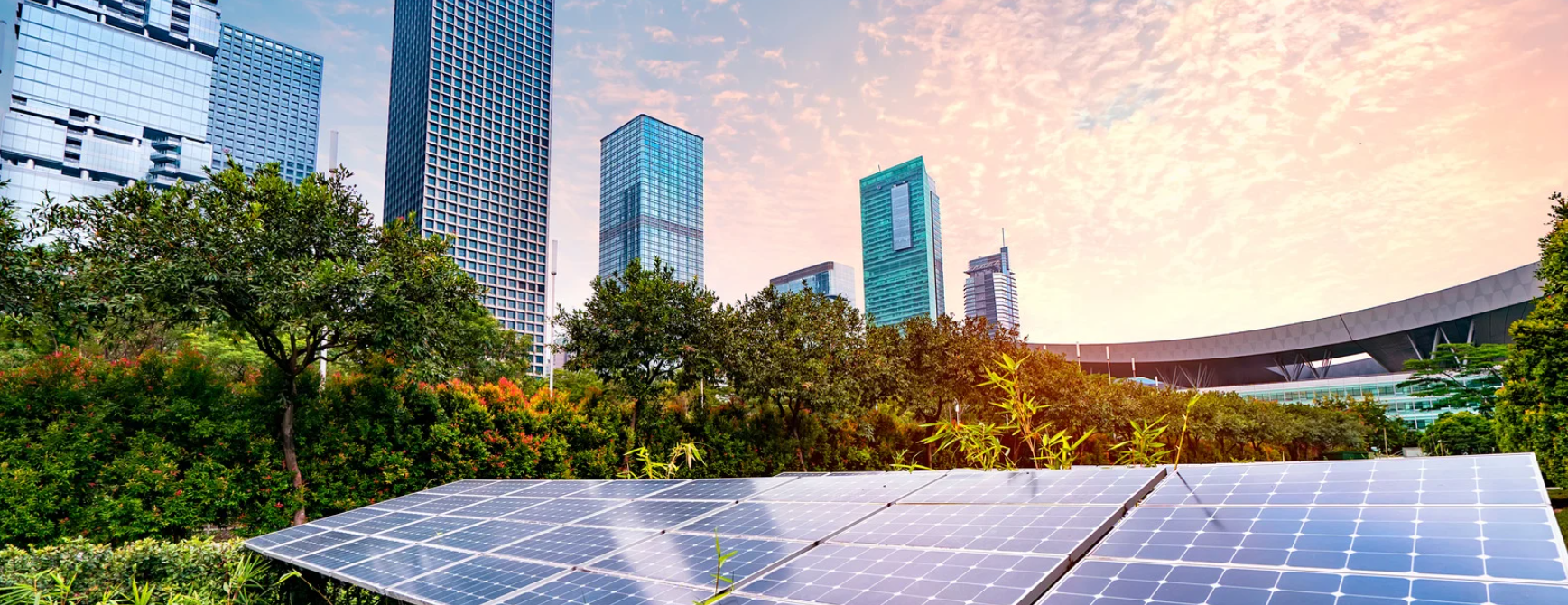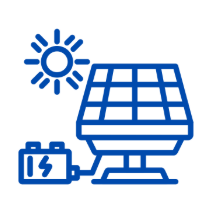Energy & Heating
In today's world, managing energy consumption is not only crucial for cost savings but also for environmental sustainability. Energy and Heating IoT sensors provide businesses and homeowners with the ability to monitor and optimize their energy usage and heating systems efficiently. Discover how these smart technologies can help you save energy, reduce costs, and lower your carbon footprint.
Applications
Benefits of Energy and Heating IoT Sensors
Efficiency and Cost Savings
With real-time visibility into your energy usage, inefficiencies can be identified quickly. IoT sensors help you prevent energy wastage and optimize your heating systems, potentially leading to significant savings on your energy bill.
Automation and Smart ControlIoT sensors allow you to automatically control your heating systems based on measured temperature, occupancy, or schedules. This ensures that no energy is wasted by heating empty rooms or running systems when not needed.
Real-Time Data and AnalyticsAccess detailed data on your energy consumption and heating performance in real-time. Analyze trends, detect problems before they become costly issues, and suggest improvements based on detailed reports.
Sustainability InitiativesFor businesses and organizations looking to reduce their carbon footprint, IoT sensors are essential. They help reduce energy consumption, contributing to sustainability goals and environmentally-friendly practices.
Predictive MaintenanceIoT sensors can detect anomalies that signal potential failures in heating systems, enabling proactive maintenance. This helps extend the lifespan of equipment and prevents unexpected repair costs.
How Do Energy and Heating IoT Sensors Work?
Energy and Heating IoT sensors use advanced technology to collect data about the performance of heating systems and energy consumption. The sensors measure aspects such as:
- Temperature and Humidity: Maintaining the right temperature and humidity levels is crucial for efficient heating.
- Energy Consumption: Sensor technologies measure the energy usage of individual devices or the entire system.
- Occupancy: Some systems can detect if a room is occupied, ensuring heating or cooling is only active when needed.
The collected data is transmitted to a cloud platform, where it can be analyzed in real-time. Users can monitor energy consumption, receive alerts, and adjust settings via a mobile app or desktop interface.
Applications of Energy and Heating IoT Sensors
Smart Homes
IoT sensors can adjust heating based on your habits, ensuring your home is always at the right temperature when you arrive while saving energy when you're away.
Commercial BuildingsIn large office buildings, these sensors can help optimize heating in different rooms or zones based on occupancy, preventing energy waste and improving comfort.
Industrial FacilitiesFor warehouses or manufacturing plants, IoT sensors can monitor energy consumption and heating systems across large spaces, identifying areas for efficiency improvements.
Energy ProvidersUtility companies can use these sensors to gather data on energy consumption patterns and provide better services or pricing models based on usage trends.

Ready to optimize your energy usage?
Embrace the future of energy management with Energy and Heating IoT sensors. Get in touch with us today to learn how we can help you achieve greater efficiency, save costs, and contribute to a greener planet.
Sectors

Government

Property Management




